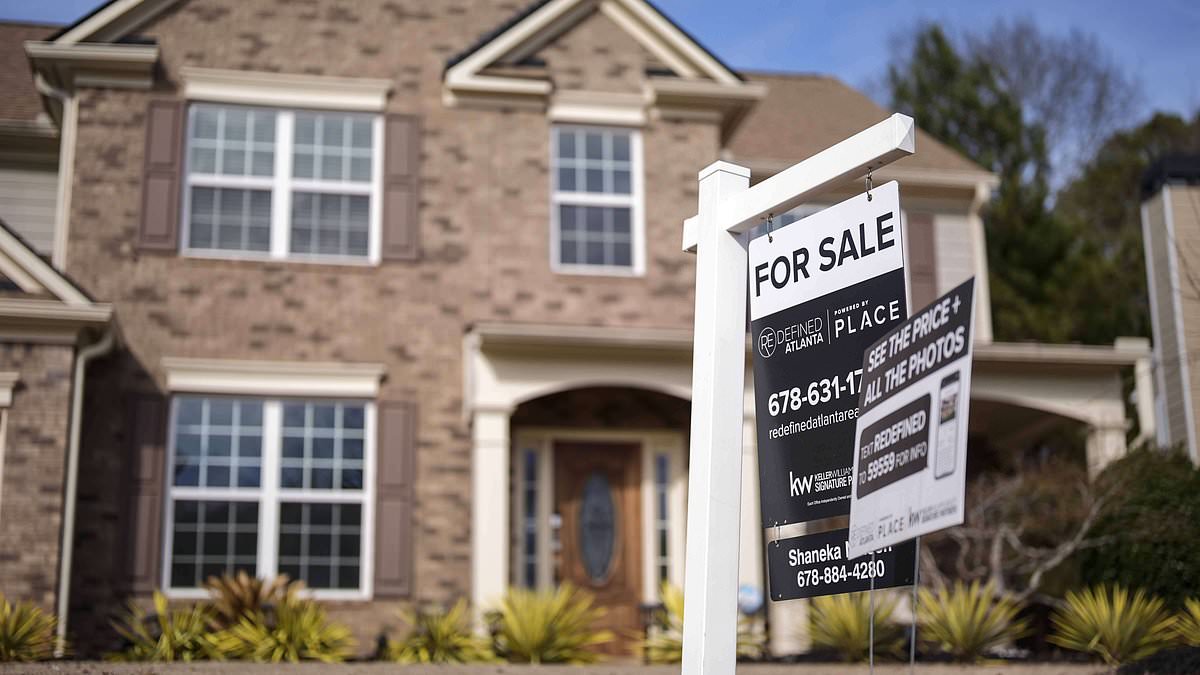There was crushing news for shoppers in the US housing market this week.
On Tuesday, a key measure of inflation rose at a faster rate than anticipated. The Consumer Price Index, which excludes volatile food and energy prices, was up 3.1 percent in July.
Then, on Thursday, another gut punch. The Producer Price Index, which tracks the prices that US producers are paying for goods and services, spiked 0.9 percent last month.
It’s an indication of something that I’ve warned about for some time.
Over the long-term, the costs of sky-high tariffs will be passed on to consumers.
In the short-term, US companies have been absorbing the impact of President Donald Trump’s tariffs. But that wasn’t going to happen forever.
My assumption is that by the end of 2025, US tariff rates with settle around 10 to 15 percent on most counties (because Trump understands the inflation threat as well), but in the meantime expect to see consumer prices start to creep up – and faster.
That’ll have an impact on the housing market – but, perhaps, not how many expect.
Rising prices (even on building supplies, like lumber from Canada) won’t have a significant impact, but inflation makes it less likely that Federal Reserve Chairman Jerome Powell will lower interest rates at the Fed’s next meeting in September.
In fact, I’m betting there won’t be a rate cut at all in 2025. And that will keep the US housing market in its current state of stagnation.
Right now, the average rate on the 30-year fixed mortgage is 6.58 percent, which makes it difficult for many existing homeowners, who locked in previously low rates (as low as 3 to 4 percent), to sell their homes and take on a new, higher mortgage.
As a result, they’re demanding high sales prices – and buyers are feeling hopeless, facing exorbitant listings and high-interest mortgages.
Those dynamics grind the gears of the housing markets to a slow crawl and – excluding pockets of the country, like Miami or Dallas Fort-Worth – they won’t change until the Fed lowers rates and banks follow suit.
On top of all that – here’s the cold hard truth – the days of free money and low mortgage rates are over!
The US economy is firing on all cylinders, 52 cents on every dollar is invested in the US and Trump’s industrial policy is forcing even more companies to invest in America.
That’s good for job growth and GDP, but it won’t help lower rates.
So, here’s my advice to anyone looking to buy a home: Accept that you’ll have to buy a smaller house, likely 30 percent smaller.
And do not – under any circumstances – buy a home that eats up more than 33 percent of your cash flow when factoring in insurance, taxes and mortgage payments.
Many people break this rule to their detriment. Then they realize that they don’t have the cash to maintain their homes and their lifestyles.
I know this advice may seem heart-breaking – but here’s some history to put it all in perspective: In 1981, the average 30-year mortgage was nearly 19 percent.
The rates fell precipitously from there – but a decade later they were still above 8.5 percent.
So, consider yourself lucky.
And there is one more thing you can do to help buy the home of your dreams: move.
Housing markets remain competitive in low taxes states like Tennessee, North Dakota, South Dakota, Florida and Texas.
And government can do something else to help – tax breaks.
In Canada, retirees don’t have to pay capital gains taxes when they sell their primary residences, which allows for generational transition of housing from seniors to young people who are just starting out.
